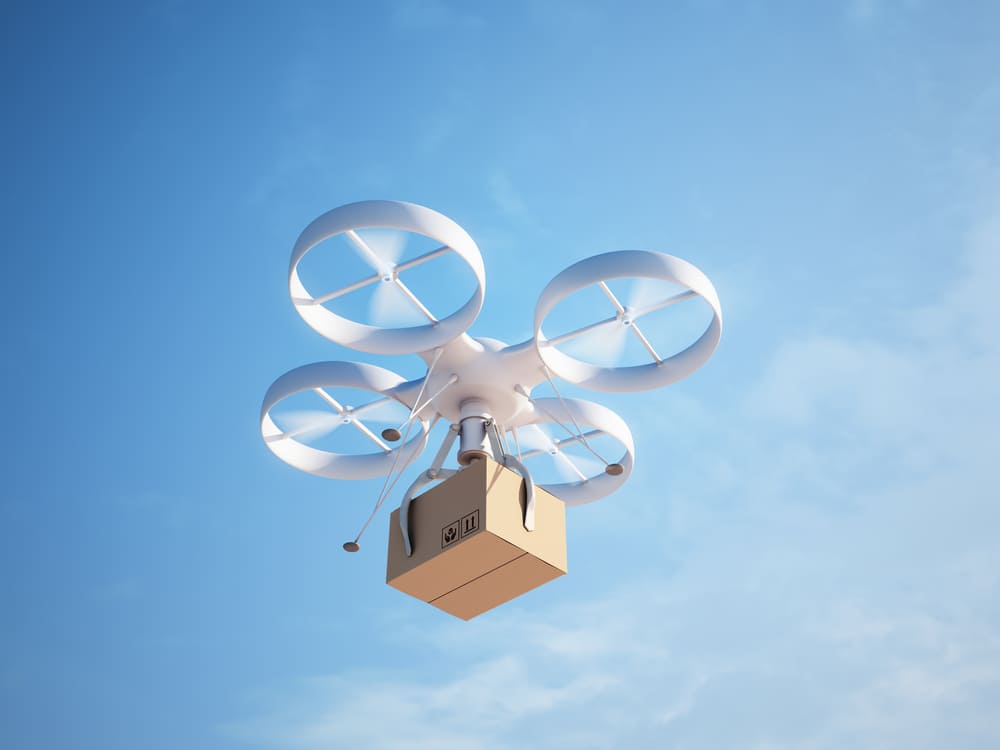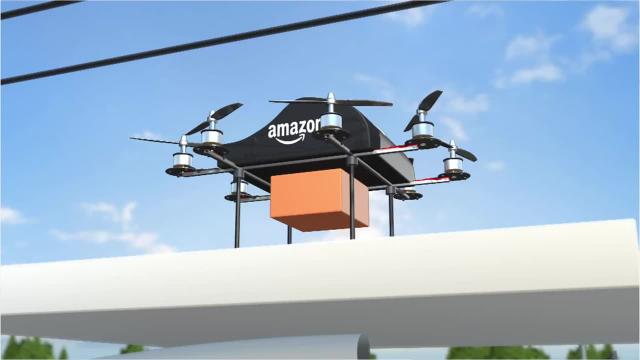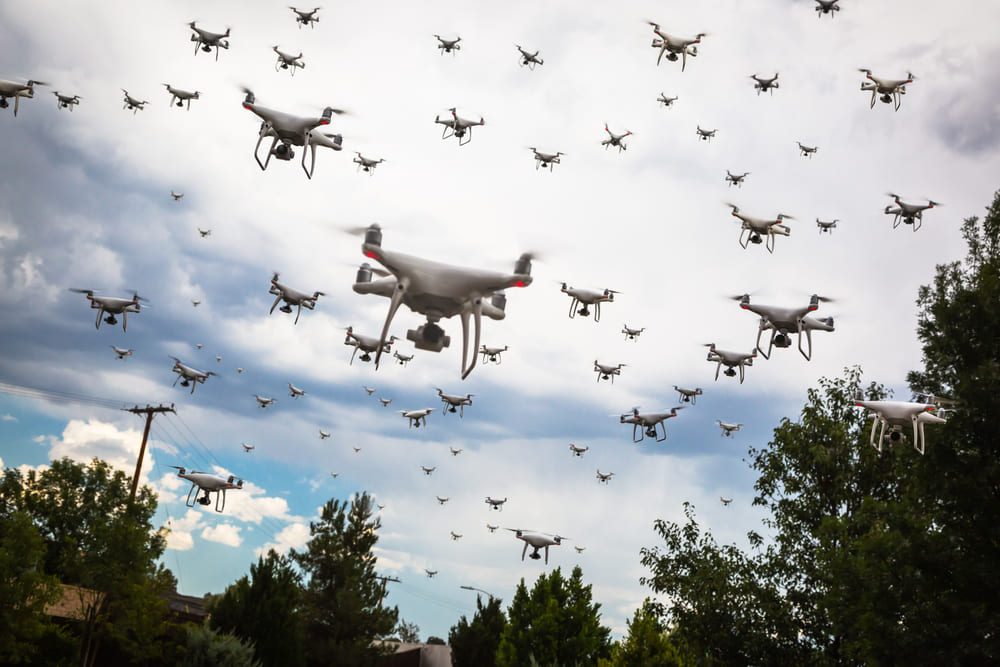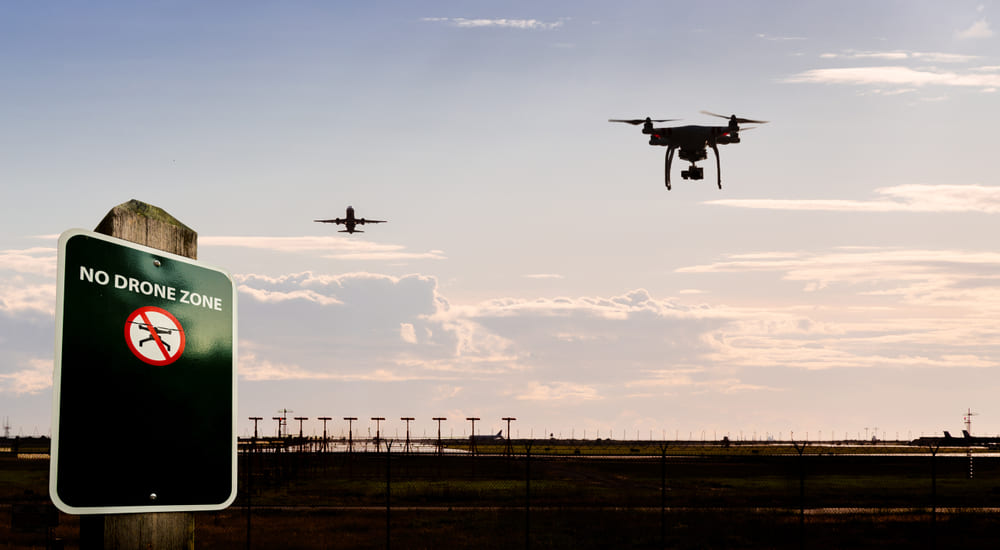
Optimistic approach towards drone based product delivery
The word “home delivery” definitely deserves some kind of recognition. The recent penetration of e-commerce business all around the world has seriously improved the level of comfort within the consumers. The volume of purchases has improved and all smaller e-commerce players have become the giants with over a trillion-dollar market cap.
Companies like Amazon are betting huge amount of money into making “drone delivery a reality”. The research activities are going positive with a few intense challenges including engineering challenges and legal ones.
Mechanism

Image Credits: The Spectrum
Jeff Bezos, the CEO of Amazon is putting a lot of efforts into making this a reality. His engineering team is working on a “working prototype” which is not just a drone, but a delivery drone with over 6 wings making it a hexacopter.
The objective of the delivery drone is pretty simple. It’s going to be 100% autonomous taking the product from the warehouse to the destination with GPS tracking. Technologies like machine learning, deep learning etc will be widely used to predict the problems ahead and a to find a good ground to safely drop the product.
Amazon prime drones can fly up to 15 miles and deliver packages weighing below 2.2 kilograms in under 30 minutes. Imagine ordering an iPhone and getting it delivered within 30 minutes (that’s how it feels).
Well, companies like Amazon with such engineering talents, making a delivery drone might not be the hardest of all. If it doesn’t work well in engineering, Jeff will import people from his space agency to fix the problem (just billionaire things).
Attacks

Let’s accept the fact that a drone is a micromachine that flies around the surface trying not to hit obstacles. There are quadcopters, hexacopters or even octocopters, but at the end of the day, if someone throws a stone at it, the chance of the drone getting damaged is high.
There are drones that catch another drone, military departments are developing drones that attack illegally flying drones. Hackers are very excited to try their hands on pulling down a drone (which is pretty obvious).
In fact, the other drones that fly around the neighborhood might bring a problem. Birds, aeroplanes taking off, helicopters and even trees. Anything and everything up above is a potential threat to drones.
The one main reason why government officials are against drone culture is because of the threat that it could bring to the airplanes. The fact that drones could fly at a level where the airplanes take off is really disturbing.
Manually controlled drones can be handled with care if it’s on the right hands (misuse of drones is very easy in this era). Autonomous drones could go weird depending on the quality of the bug. It sounds really pessimistic, but let’s be optimistic about these things, because
Solutions

Yes, solutions exist. Almost a lot of drone-related challenges could be solved with proper regulations and technologies in place. The company DJI which makes unbelievable and innovative drones has introduced a technology called Air-Sense which automatically detects whether an aircraft is nearby.
It alerts the controller or stays away automatically if there is no response.
Students in MIT discovered a drone which can avoid any obstacle whatsoever. The technology is now being adapted slowly into the commercial drones to stay away from obstacles even inside a dense area. As usual, the innovation part of drone always keeps growing and brilliant engineers will solve almost any challenges that could arise.
The only question is whether the government supports the drone delivery concept? how are they going to avoid planned drone attacks? and how much resources could be saved with the drone delivery concept?
It looks like there is an answer already, but it’s very unclear. Being optimistic, engineering problems, legal problems, and practical problems could be solved with time. Hopefully, you’ll soon be able to enjoy your new iPhone in 30 minutes time.





